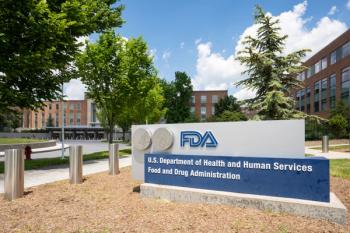
Raise Awareness to Stop Heart Disease
More than half a million Americans die from heart disease each year, but increased attention to its risk factors can help reduce this number.
More than half a million Americans die from heart disease each year, but increased attention to its risk factors can help reduce this number.
Heart disease is the leading cause of death for both men and women in the United States, regardless of ethnicity. Each year, close to a million Americans have a heart attack and over half a million people die from heart disease. Although these numbers are high, prevention is possible, and it begins with awareness of the various forms of heart disease and their risk factors.
Heart disease is an umbrella term used to describe multiple diseases that affect the cardiovascular system, including heart failure, irregular heartbeat, and heart valve problems. In the United States, the most common form of heart disease is coronary artery disease.
Coronary artery disease is caused by atherosclerosis, which results from accumulation of plaque, a substance made up of cholesterol deposits, in the artery walls. Plaque buildup causes the arteries to narrow over time, making blood flow difficult and weakening the heart muscle, which increases the risk for heart attacks and strokes.
When plaque completely blocks an artery delivering blood to the heart, a heart attack occurs, and portions of heart muscle tissue die or become damaged due to the restricted blood supply. A stroke occurs when the blood supply to the brain is blocked, causing a rapid loss of brain function.
The faster a person suffering a heart attack or stroke is treated, the better their chances of surviving and avoiding major complications. Therefore, awareness of the signs and symptoms of heart attacks and strokes is essential. The 5 major symptoms of a heart attack include jaw, neck, or back pain; feeling weak or light-headed; chest pain; shoulder or arm pain; and trouble breathing. For a stroke, the key signs are sudden numbness or weakness of the face, arm, or leg; sudden confusion or trouble speaking; sudden difficulty seeing in 1 or both eyes; sudden dizziness or loss of balance and coordination; and sudden headaches.
Awareness of the risk factors for heart disease can help prevent the problem before it even starts. Approximately half of Americans have at least 1 of the top risk factors for heart disease: high blood pressure, high cholesterol, and smoking. Poor diet, especially a diet high in salt and trans fats, and lack of exercise are other common risk factors for heart disease. Those who have a family history of heart disease, have diabetes, or are obese are also at increased risk.
Most of these risk factors, however, can be monitored and controlled. Everyone should have a blood test to check cholesterol levels at least once every 5 years; those who have high cholesterol should take steps to lower it before they experience heart problems. Monitoring one’s blood pressure regularly is also very important, since high blood pressure has no symptoms.
Maintaining a heart-healthy lifestyle is important for everyone, regardless of one's personal risk of heart disease. Eating a diet high in fresh fruits and vegetables, avoiding foods that are high in salt, fat, and cholesterol, and exercising regularly can help to maintain a healthy heart.
Newsletter
Stay informed on drug updates, treatment guidelines, and pharmacy practice trends—subscribe to Pharmacy Times for weekly clinical insights.










































































































































































































